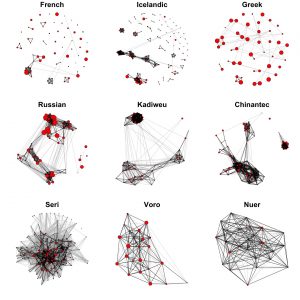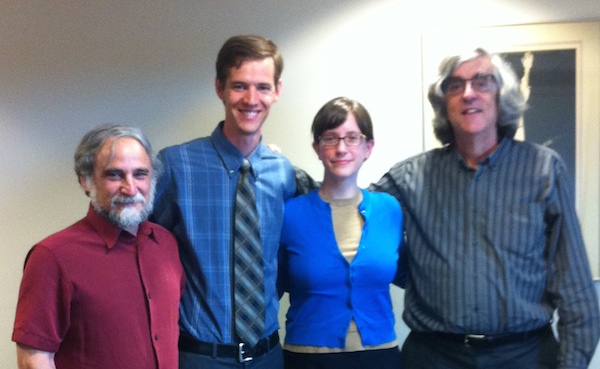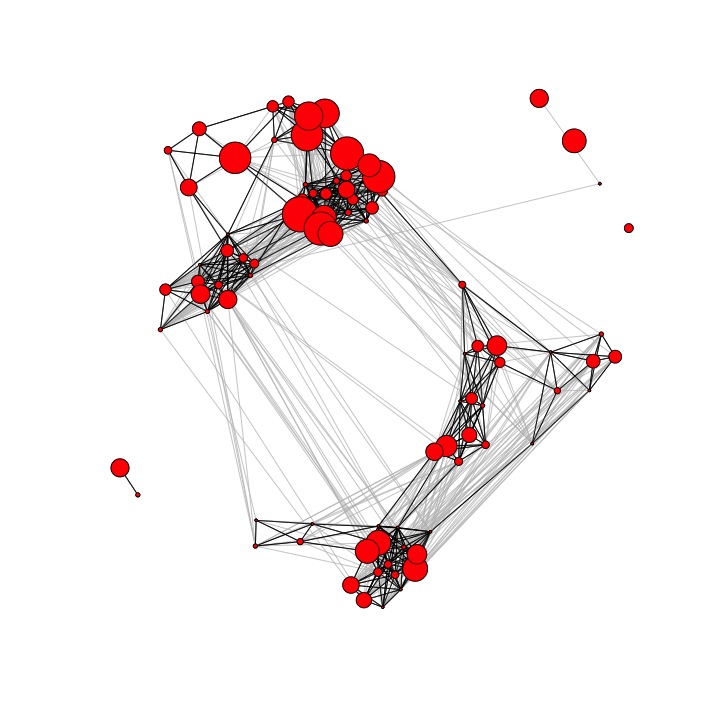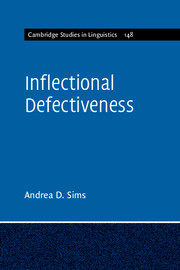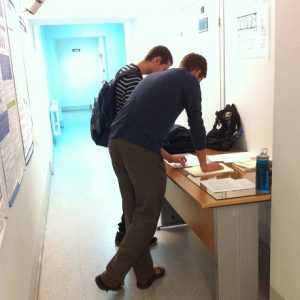In April, Andrea Sims had the chance to visit the Laboratorija za Eksperimentalnu Psihologiju (Laboratory for  Experimental Psychology) at the Univerzitet u Beogradu, in Belgrade, Serbia.
Experimental Psychology) at the Univerzitet u Beogradu, in Belgrade, Serbia.
As part of her work there, she piloted an experiment that explores the role of syncretism (inflectional homophony) in resolving syntactic case conflicts in Serbian morphosyntax. This project is a collaboration with Matt Goldrick (Northwestern University). She also gave a research talk, conducted other research, met local psycholinguists and learned about work happening in the lab. And worked on her spoken Serbian, of course.
Despite unseasonably cold weather, it was a great visit to the city. It wasn’t Andrea’s first trip to Belgrade, but it was the first time she was able to explore the city in detail — everything from Davis Cup tennis (Serbia beat Spain!) to the Nikola Tesla museum to walking on Ada Ciganlija and exploring Belgrade’s growing Neo-Balkan food scene.
A big thanks to everyone in the lab, and especially Prof. Aleksandar Kostić, for being such generous hosts. Hvala Vam puno!
